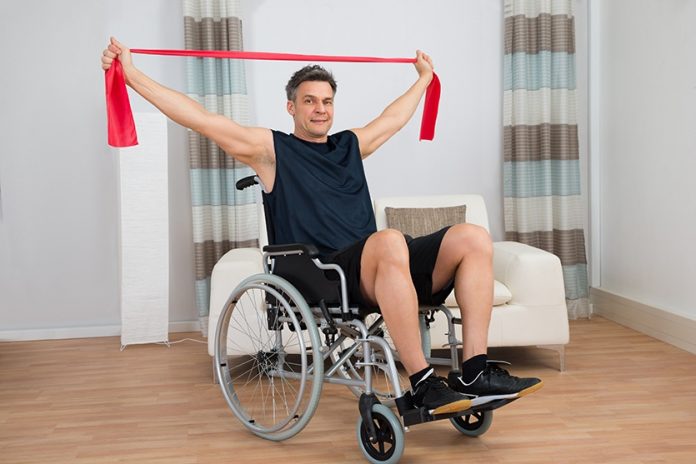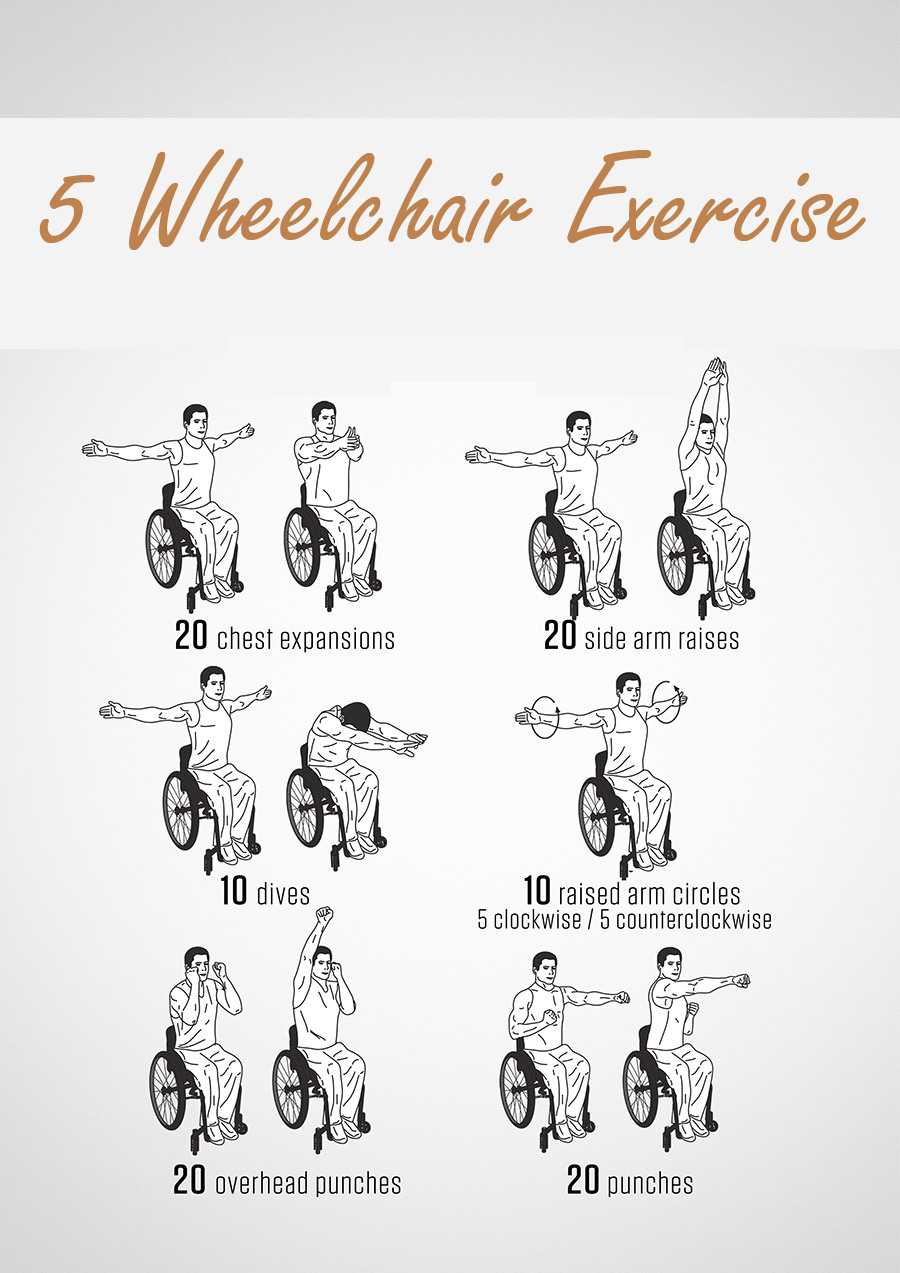When thinking about the highs and lows of workouts, the word “balance” keeps coming to mind. We want to share with you our thoughts on body balance in order to help you plan, implement, and maintain a healthy exercise program that will strengthen your physical and mental balance.
Living Well
Fitness is more than just strength, endurance, and flexibility. Balance plays a major role in how we function, and for some people poor balance can become an obstacle to functional living. Think about transferring in slow-motion as you levitate between your wheelchair and another chair. In those few seconds, you are, in a sense, suspended between two objects. That takes balance and coordination.
You are able to do what you can because of proprioceptors- muscle receptors that tell your brain the position of your joints and muscles, as well as your position and that of the two objects. You must train your proprioceptors just like you do any muscle. Balance and coordination are equally important and, just like muscle training, both improve with practice. The way to improve your balance is to challenge your senses with creative exercises. Your level of paralysis will determine the kind of balance exercises you are able to do.
Because I have a T2 injury, balance is an issue for me but Delia Carper helps me work on it with various activities. We encourage you to create your own balance exercises by modifying the examples listed below. Remember to customize these for your specific needs by making them easier or more difficult.
- Sitting unsupported on the edge of a therapy table. I lift my arms (with and without weights) and slowly move them in different directions. If I use weights, they are usually 3-5 pounds (you can use bottles of water); I also uses one weight at a time as I moves my arms. This challenges my proprioceptors and uses the abdominal and back muscles. If you do not have a massage or therapy table, remove your arm rests to increase the workout.
- Transferring with eyes closed. Carper has me do this in a safe environment with her husband nearby. This creates more proprioception awareness as the visual senses have been turned off. The auditory and core musculature have to be more aware of what is going on around you. The muscles have to now learn to work differently, keeping them stimulated and challenged.
- Carper instructs me to bend over and pick up a light-weight from various angles. I bends forward, to the sides, and even reach for things behind me. This has tremendous benefit to the core musculature.
- Ball tossing is a fun exercise. As I sit on the edge of a therapy table, Carper and I throw a weighted ball (about 2-3 pounds), the size of a baseball. I catch with one hand and then the other. The ball is tossed in different planes to use different muscles.
- Resistance training can be done with the help of a resistance band tied to a door handle or similar firm object. Exercises such as arm and leg extensions, lat pull downs or rows can be done with the help of this band. In the row exercise, you hold the band, bend your elbows, and pull away or towards yourself in a smooth way. Then, return to the original position, and start again. These bands are available in different strengths so it’s great to choose one which is best suited for you.




















